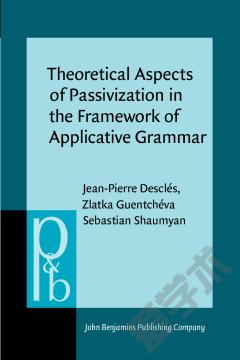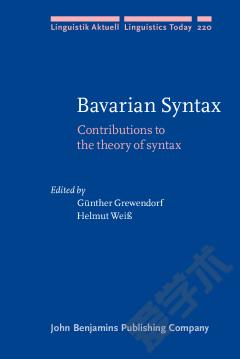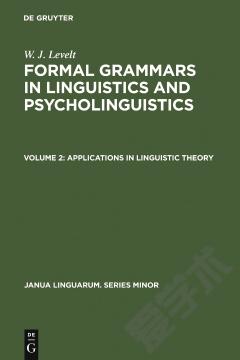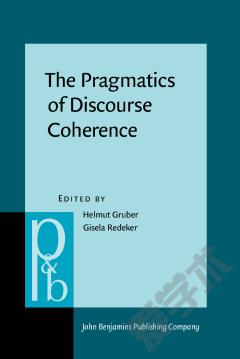Theoretical Aspects of Passivization in the Framework of Applicative Grammar.
Passivization is explained by using the formalism of combinatory logic. The agented passive is derived from the agentless as follows: a term denoting an agent is transposed into a predicate modifier and applied to the passive predicate of the agentless construction. The passive predicate consists of two parts: 1) the two-place converse of the active predicate and 2) a zero unspecified term to which the converse predicate is applied. The passive is not derived from but is related to the active. The modifier of the passive predicate is the functional counterpart of the subject in the active. The proposed hypothesis gives an adequate solution to problems arising from various types of passive constructions. Passivization and antipassivization are defined as instances of a general cross-linguistic process involving conversion.
{{comment.content}}








 京公网安备 11010802027623号
京公网安备 11010802027623号